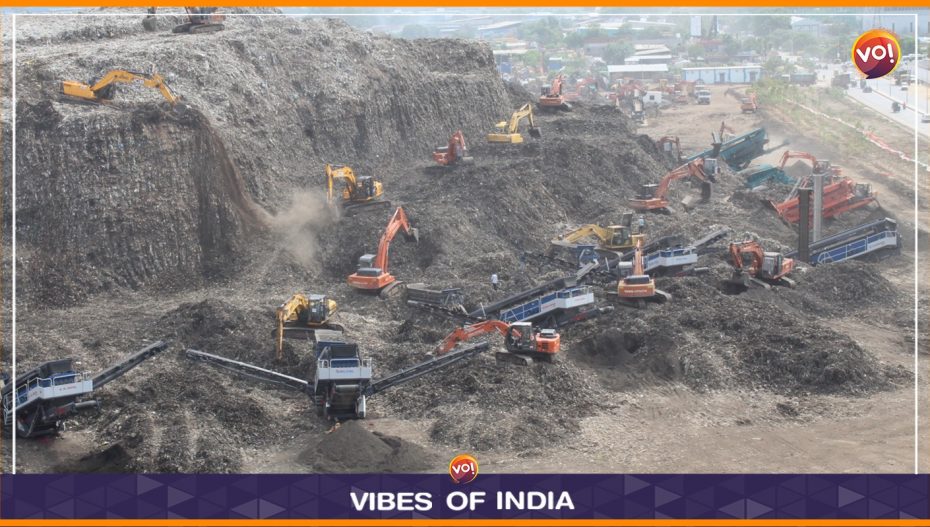Landfill sites in at least two cities of Gujarat – Ahmedabad and Surat – are methane hotspots of the country, according to a recent study conducted by the Indian Space Research Organisation (Isro).
The landfill sites in these two cities are second and third on the list of top 22 methane hotspots in the country.
The study identified a sewage outlet in Maharashtra as the single largest emitter, releasing a staggering 6,209.9 kilograms per hour (kg/hr) of methane.
Ahmedabad’s Pirana and Surat’s Khajod were found to emit 4,727 kg/hr and 4,705 kg/hr of methane, respectively. These alarming figures underscore the urgent need to improve waste management practices in these cities.
Methane, a potent greenhouse gas with a global warming potential 28 times higher than carbon dioxide, poses a significant threat to our planet’s ecosystem. Legacy landfill sites scattered across the country have been identified as a significant contributor to methane emissions.
The 2023 study utilised satellite data to identify and analyze methane emission hotspots across various locations, marking a first-of-its-kind effort in India. Led by Isro researchers, the study employed data from advanced satellites such as NASA’s Jet Propulsion Laboratory Earth Surface Mineral Dust Source Investigation (EMIT) and the European Space Agency’s TROPOspheric monitoring instrument (TROPOMI). Through these tools, researchers identified distinct methane plumes emanating from solid waste landfill sites, sewage treatment plants, wetlands, oil and gas fields, oil refineries, and textile industries.
“The decomposition process at landfill sites creates unhealthy conditions and releases substantial methane even after the landfills are closed. Methane’s impact is particularly concerning as it is 25 times more potent than carbon dioxide at trapping heat in the atmosphere,” said researchers.
The study also provided insights into the overall methane emissions from municipal solid waste landfills in India. According to the findings, India’s net annual methane emissions from these landfills were estimated to be 10.84 lakh metric tons in 2015, with a notable reduction to 4.04 lakh metric tons by 2000.
Also Read: 2-Yr-Old Rescued From 15-Ft Deep Borewell Pit In Jamnagar Village












